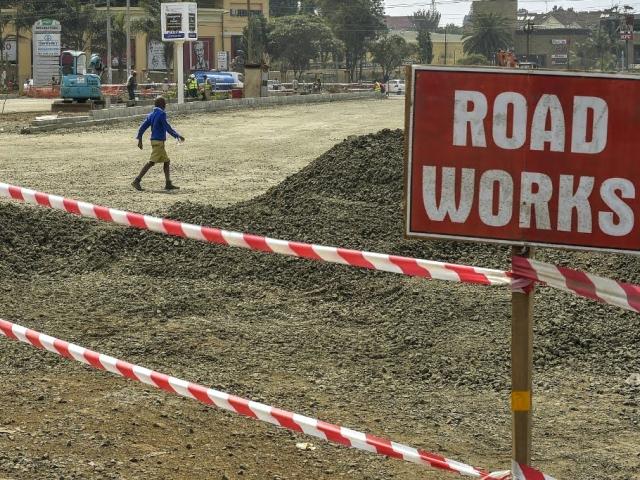In the intricate web of modern civilization, roads serve as the veins that connect nations, cultures, and economies. They are the lifelines of commerce, the conduits of progress, and the pathways to prosperity. Across the globe, road infrastructure projects are not merely about laying asphalt and concrete; they represent the collective ambition of societies to transcend geographical barriers and pave the way towards a better future. This article delves into the diverse landscape of road work around the world, offering insights into the global perspectives on infrastructure.
The Backbone of Global Connectivity
In every corner of the world, from bustling metropolises to remote villages, roads play a pivotal role in shaping the fabric of society. They facilitate the movement of goods and services, enable access to essential resources, and foster social integration. However, the state of road infrastructure varies widely across different regions, reflecting disparities in economic development, political stability, and technological advancement.
In developed nations, such as the United States, Europe, and Japan, road networks are sophisticated marvels of engineering, characterized by multi-lane highways, intricate interchanges, and state-of-the-art transportation systems. These countries continually invest in infrastructure maintenance and expansion to accommodate growing populations and enhance efficiency.
Conversely, in emerging economies and developing regions, road infrastructure often faces significant challenges, including inadequate funding, bureaucratic hurdles, and geographical constraints. Yet, amidst these obstacles, there is a palpable sense of dynamism and determination as governments and stakeholders embark on ambitious projects to modernize their transportation networks.
Global Perspectives on Infrastructure Development
Asia: Bridging the Divide
Asia, home to some of the world’s fastest-growing economies, is witnessing a monumental surge in infrastructure development. Countries like China, India, and Indonesia are spearheading vast road construction initiatives aimed at bolstering connectivity, stimulating economic growth, and alleviating poverty.
In China, the Belt and Road Initiative (BRI) stands as a testament to the nation’s ambition to revive the ancient Silk Road and forge new trade routes across Asia, Africa, and Europe. Through extensive investments in roads, bridges, and ports, China seeks to enhance regional connectivity and cement its position as a global economic powerhouse.

Meanwhile, in India, the Pradhan Mantri Gram Sadak Yojana (PMGSY) aims to connect rural areas with all-weather roads, fostering social inclusion and enabling access to markets and essential services. As the world’s largest infrastructure program, PMGSY exemplifies India’s commitment to bridging the rural-urban divide and spurring economic development.
Africa: Paving the Path to Progress
In Africa, where vast swathes of land remain untamed and inaccessible, road infrastructure holds the key to unlocking the continent’s immense potential. Across the African landscape, ambitious projects such as the Trans-Saharan Highway and the East African Community’s road network are transforming the way people and goods move across borders.
However, the road to progress in Africa is fraught with challenges, including funding constraints, political instability, and environmental concerns. Despite these hurdles, African nations are increasingly leveraging partnerships with international donors, private investors, and multilateral institutions to finance infrastructure projects and drive sustainable development.
Latin America: Navigating the Terrain
In Latin America, a region known for its diverse landscapes and vibrant cultures, road infrastructure plays a crucial role in connecting remote communities, fostering tourism, and facilitating trade. From the rugged Andean mountains to the lush Amazon rainforest, governments are investing in road networks to unlock the economic potential of their natural resources and promote regional integration. If you are seeking a source of inspiration and guidance about road works, visit linemarkingpro.com for further info.
Countries like Brazil, Mexico, and Colombia are investing heavily in road construction projects, such as the Interoceanic Highway and the Pan-American Highway, to enhance connectivity and spur economic growth. These initiatives not only create jobs and stimulate investment but also pave the way for sustainable development and prosperity.
Conclusion
Road work around the world represents a tapestry of ambition, innovation, and perseverance. From the bustling streets of Tokyo to the dusty trails of rural Africa, infrastructure projects shape the contours of our lives and define the trajectory of nations. As we navigate the complex challenges of the 21st century, let us remember that the road to progress is paved with determination, collaboration, and a shared vision of a better tomorrow.










